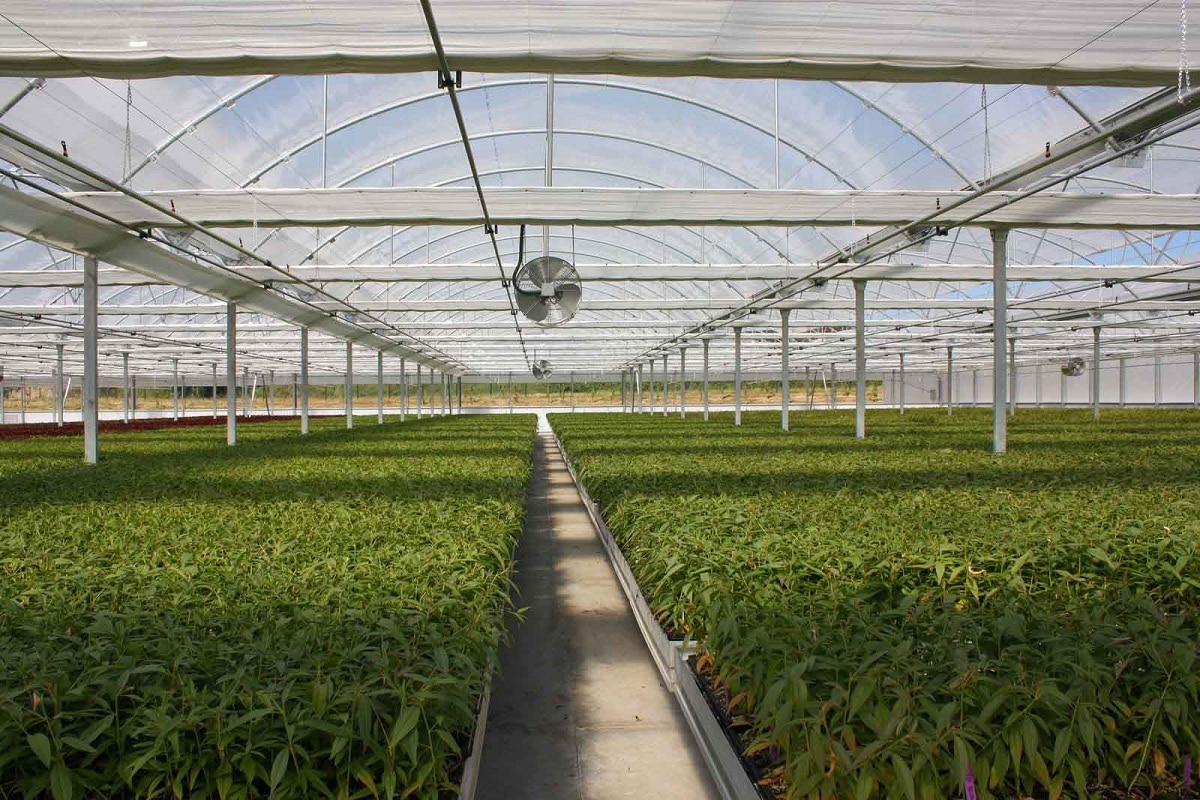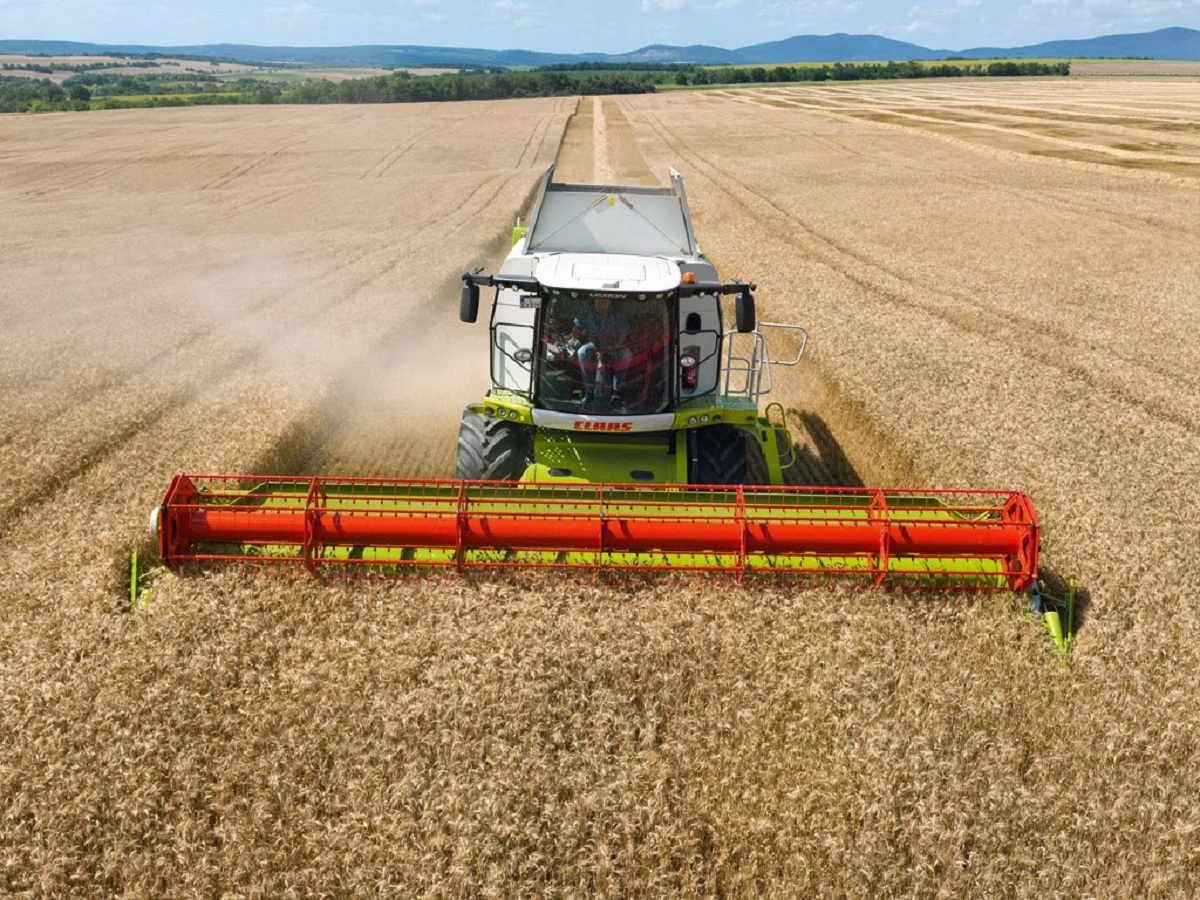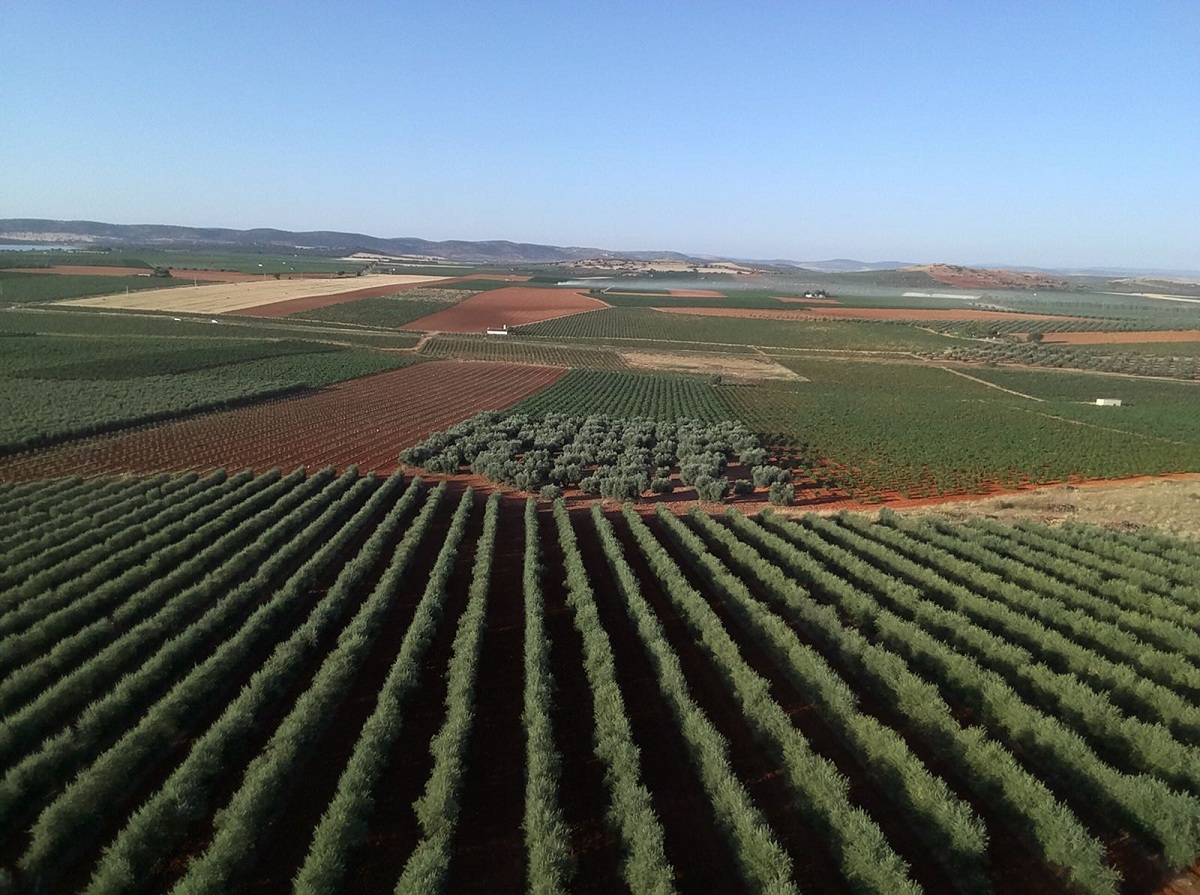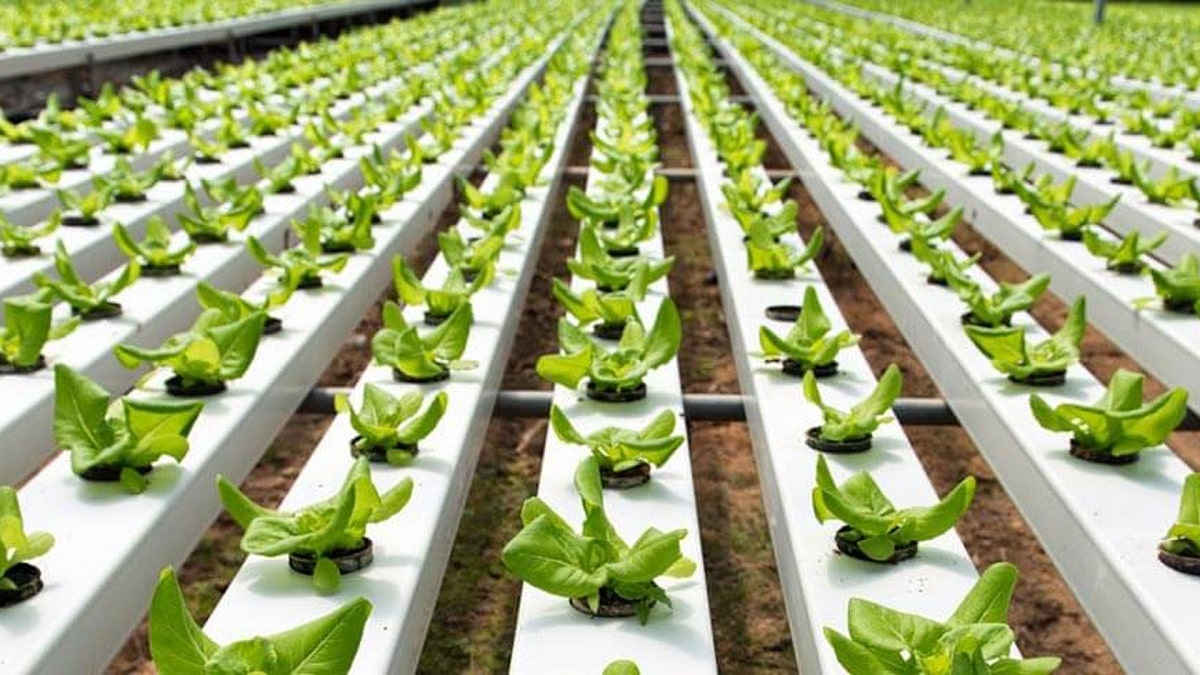
The increase in large-scale crop production has taken place thanks to the development of the intensive agriculture. This type of agriculture has allowed all farmers to be able to produce food in greater quantity in order to offer safe food to society. There are aspects that are in favor of this type of agriculture and others against, since the use of chemical substances to accelerate the production of crops pollute the waters and soils and degrades the soil.
In this article we are going to tell you all the characteristics, advantages and disadvantages of intensive agriculture.
What is intensive agriculture

When we refer to this type of agriculture, negative thoughts tend to come to us as with intensive livestock. We think of a type of exploitation of natural resources that pollutes the environment and degrades the soil. In this case, it is thought that it is about the production of fruits and vegetables artificially in environments that are harmful to our health and harmful to the environment.
However, the definition of intensive agriculture refers to being able to produce crops in controlled environments and conditions. Contrary to the extensive agricultureIt is about trying to control all the variables that affect in one way or another the growth rate of crops. This is how I know they get great harvests with a good production in the shortest possible time. In addition, the crops are intended to be of good quality and ensure that they are free from any pests or diseases.
The main objective of intensive agriculture is to power produce crops in a controlled way to optimize plant growth and development. With this objective, it is intended to be able to produce fruits to the maximum of their potential. The science that studies all the characteristics and genetics of crops. In this way, it is possible to know the necessary guidelines that must be carried out for the proper development of the crop. Once the maximum potential of a plant has been discovered, what intensive agriculture does is try to recreate these conditions to achieve this optimal development.
Intensive farming systems

In order to carry out intensive agriculture, several cultivation systems are needed that are adapted to the production of crops, controlling all the variables that intervene in them. That is, variables such as the amount of solar radiation, the necessary and fair irrigation they need, the necessary temperatures, the optimal relative humidity, etc. All these variables are tried to take to the extreme of perfection so that the crops can develop as quickly and optimally as possible.
There are several forms of intensive agriculture. The first that usually comes to mind when you think about it is the greenhouse areas. Greenhouses are areas where the variables of crop growth can be controlled very well and avoid problems of contamination by pests and diseases or excessive damage that can be caused by strong winds or intense rainfall.
Some of the characteristics of these intensive cultivation systems are the following:
- They must have controlled temperature and humidity conditions.
- Help to supply nutrients through irrigation in the right amount that each plant needs according to its type and age of growth.
- These cultivation systems use means of vegetation protection in order to guarantee the health of the crop. For example, some chemical agents are used such as fungicides, herbicides and insecticides.
- If required, artificial lighting conditions are provided.
- An attempt is made to select all genetically improved varieties. That is, most of the plants have been selected to be able to give high performance in all their consumable parts. These plants have been genetically studied in laboratories. Do not confuse genetically improved plant species with transgenic crops. The improvement of genes in the vegetation if you have practiced over the centuries through the selection of the best plants.
Hydroponic cultivation

Hydroponic cultivation also enters as a type of intensive agriculture. However, it seems that this is much more affected by being an innovative technology. Hydroponics is a variant of intensive agriculture that practices cultivation out of the ground. Despite this, it meets all the characteristics that define intensive agriculture. But it draws people's attention because it does not need soil or soil to be able to grow the plants.
In hydroponics, an attempt is made to offer the plants an artificial and porous substrate, such as perlite or coconut fiber, in which the roots can anchor. From there, a continuous flow is supplied in a water solution full of nutrients that plants need in each phase of growth and cultivation. In this way it is possible to optimize the production of the crops.
Other models of intensive agriculture
Contrary to hydroponic cultivation, there is also an intensive agriculture with high productivity that not only has to be environments surrounded by plastic or artificial conditions. There is a type of traditional cultivation such as the olive or almond tree that They have been technified and mechanized in order to increase production. These characteristics make them suitable for intensive cultivation systems.
This technique is based on planting tree lines with plantation frames to take advantage of the space in a way that allows to put more trees per hectare than in a traditional extensive farming system. This is how we should not manage the trees individually, but rather creates a plant wall that is pruned, treated and harvested globally. Thanks to this type of production model it is possible to have a more efficient control of fertilization and irrigation in order to achieve high productions.
These super intensive olive or almond tree systems are increasingly common to find in our country. This is due to the fact that it allows to revitalize and modernize all the sector with productive and profitable systems for the farmer.
Faced with one of the questions of whether intensive agriculture consumes many resources, it is a false myth. If the production of each kilo of product obtained for each square meter of soil is compared, intensive agriculture allows to be able to obtain each kilo of production at an environmentally lower cost.
I hope that with this information you can learn more about intensive agriculture.